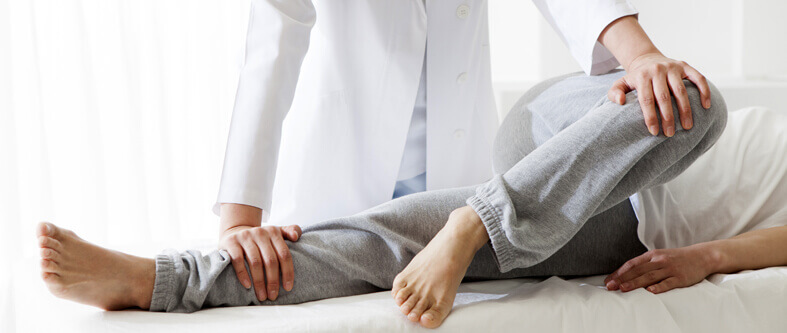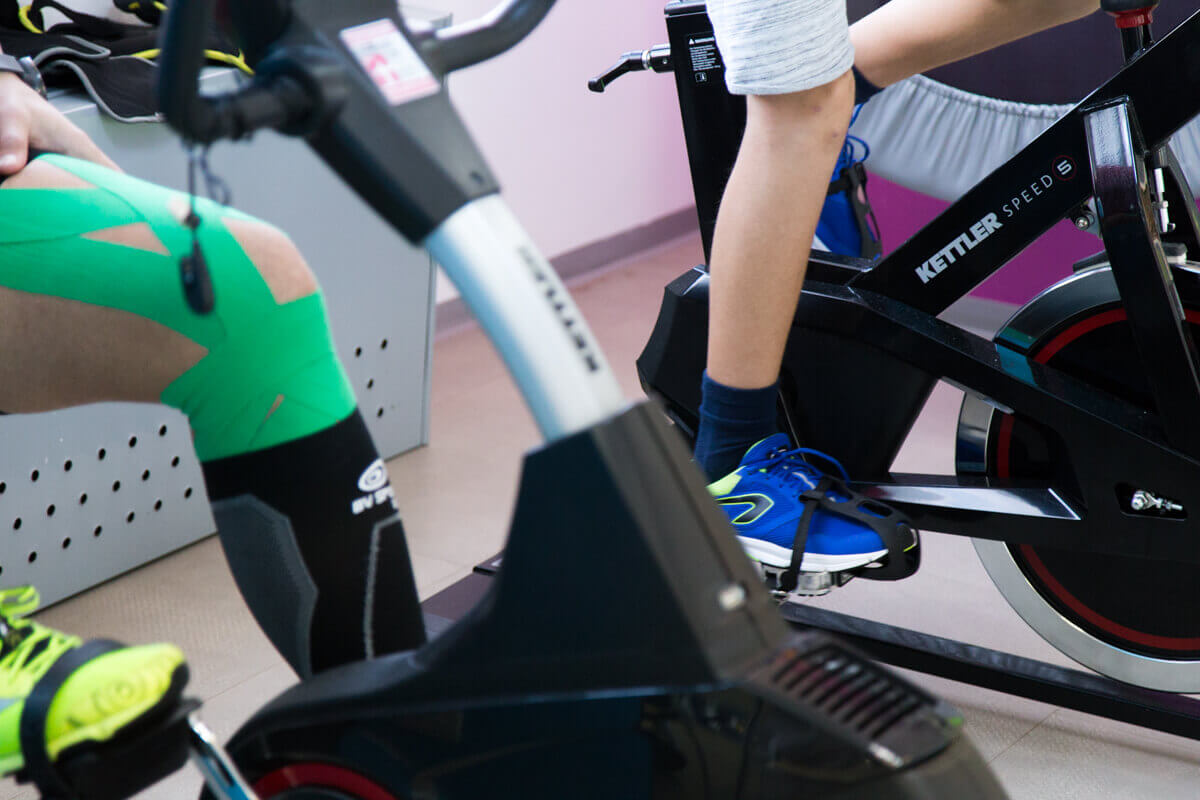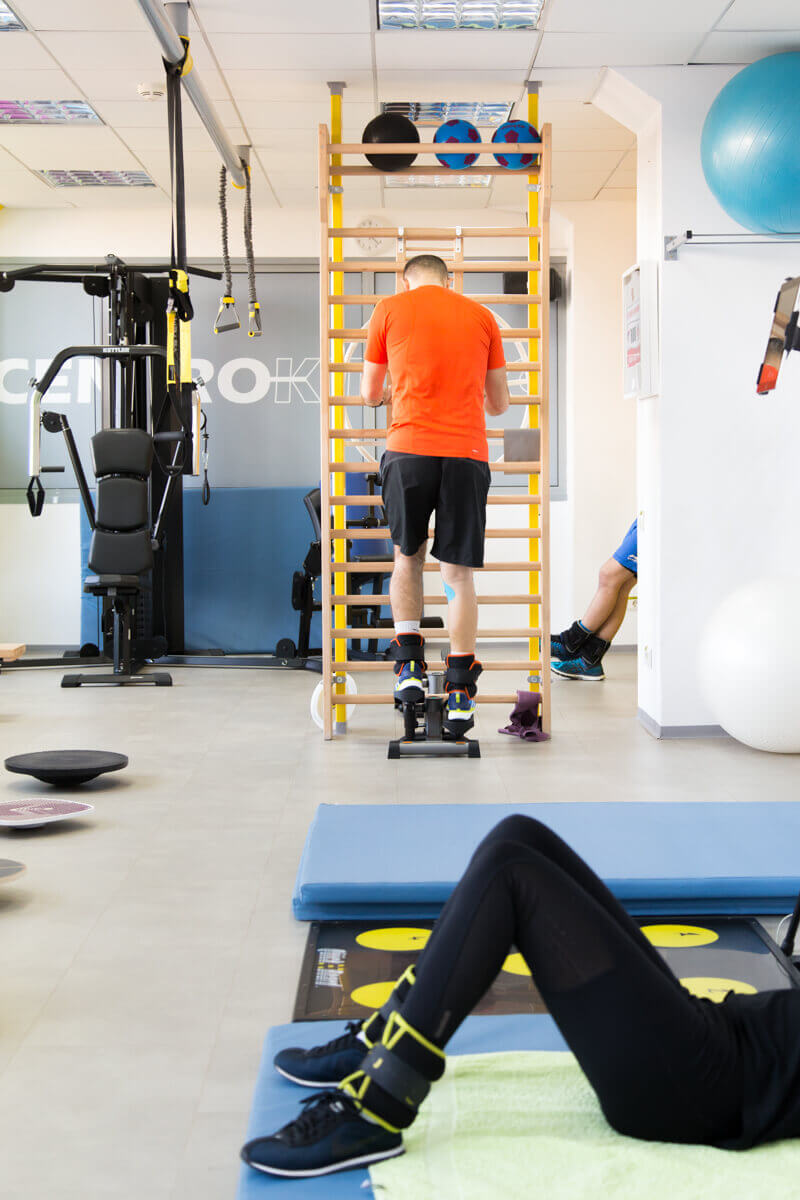
Hip recovery
The most common pathologies found at the level of the hip articulation are represented by: - Coxarthrosis;
- Femoral neck fracture;
- Hip dislocation;
- Trochanteric bursitis.
The most relevant symptom is pain, described especially in the morning (which disappears with mobilization - "after the articulation warms up") or after long periods of rest (sitting at the table, driving), pain that over time will become disabling.
The most relevant imaging investigation for the diagnosis of hip osteoarthritis is represented by radiography, which certifies this pathology, being the investigation of choice.
- Hygienic-dietary measures: weight loss, improved posture, comfortable shoes, elimination of demanding activities;
- Drug therapy: NSAIDs, Mydocalm, Synotabs;
- Intraarticular infiltrations: with vascoelastic or corticosteroid solutions;
- Balneo-physical and physiotherapeutic recovery;
- Surgical: hip replacement is the only curative treatment.

In patients who have pain in the groin area, but the pelvic and hip radiographs do not show any fracture trajectory, it is recommended to perform a hip MRI to eliminate any suspicion.
The treatment of choice is the surgical one and consists in the prosthesis of the hip, the conservative one being reserved only for the elderly patients, for whom the operative and anesthetic risk is much too high.
Any attempt to move the hip is accompanied by pain. It is very important to check the sciatic nerve pre-reduction because it can be damaged during the reduction. The diagnosis is made clinically (vicious position of the limb) and radiologically.
The reduction will be made in the emergency department or in the operating room, with the patient under anesthesia and with muscle relaxation.

The diagnosis is made after the clinical examination, and a hip radiography is performed to rule out another pathology. It can be successfully treated with physical therapy, anti-inflammatory medication and rest. If this treatment has not worked, an injection with a corticosteroid may be recommended, surgery being the last therapeutic option and only being applied when all conservative methods have failed and the pain becomes unbearable.
MAKE AN APPOINTMENT
FOR AN EXAMINATION
See here how you can make an appointment and the location of our clinics.
MAKE AN APPOINTMENT

































































































































